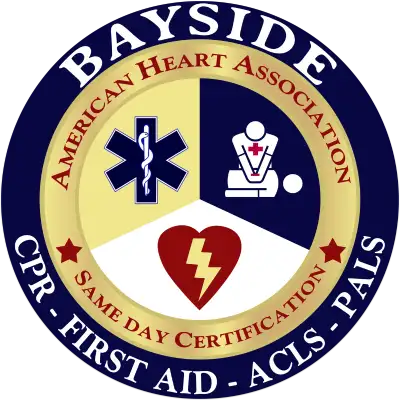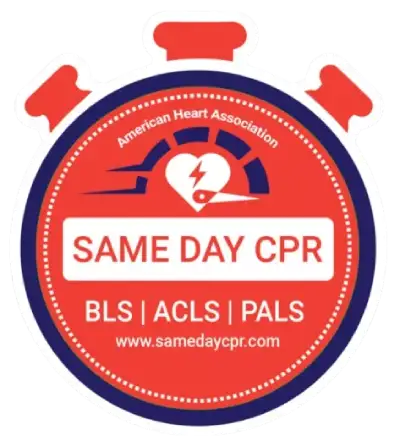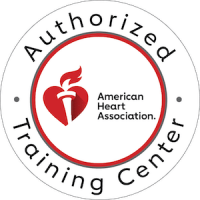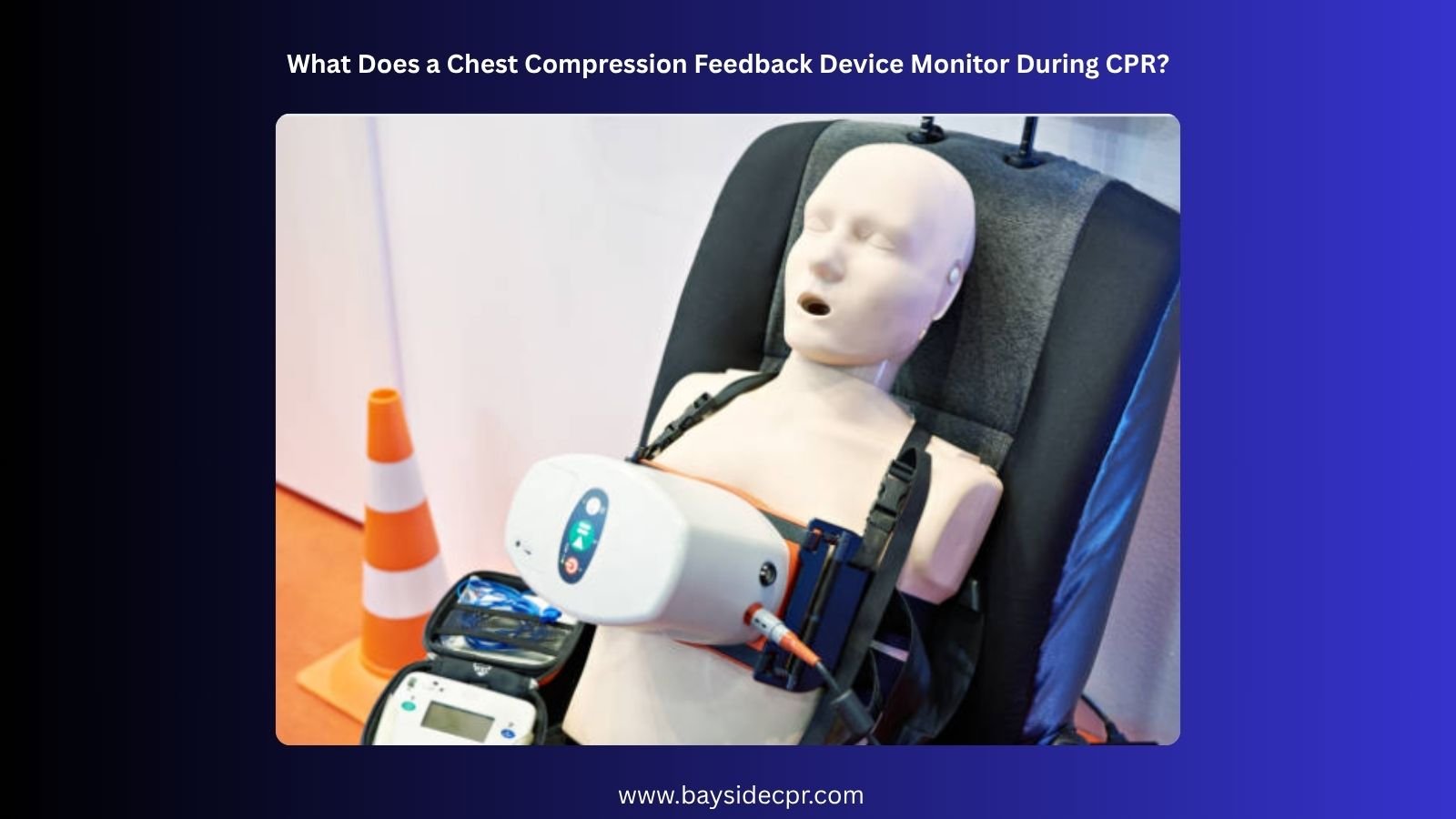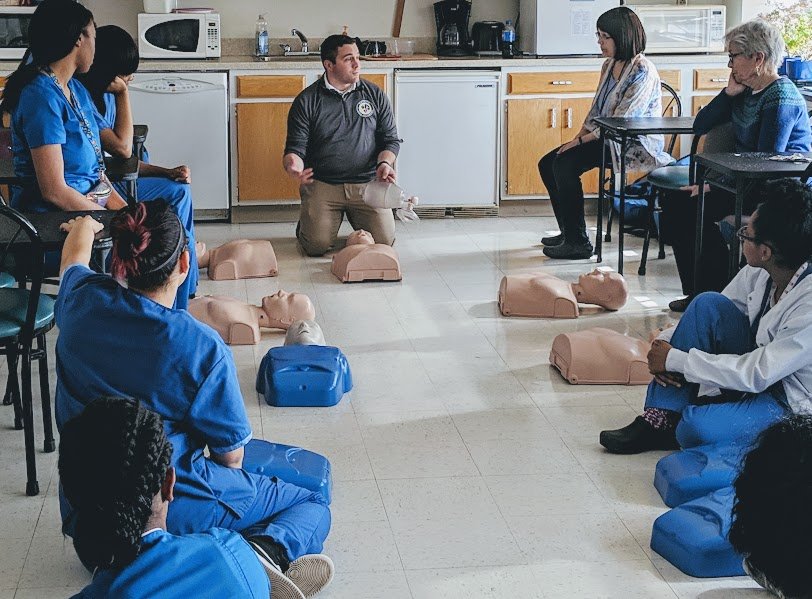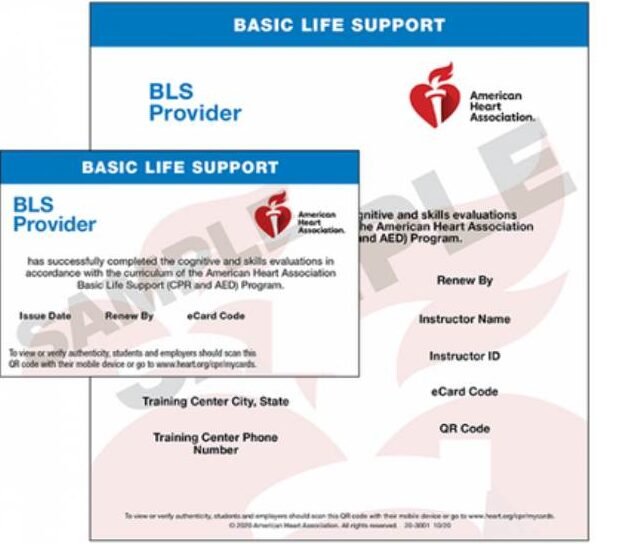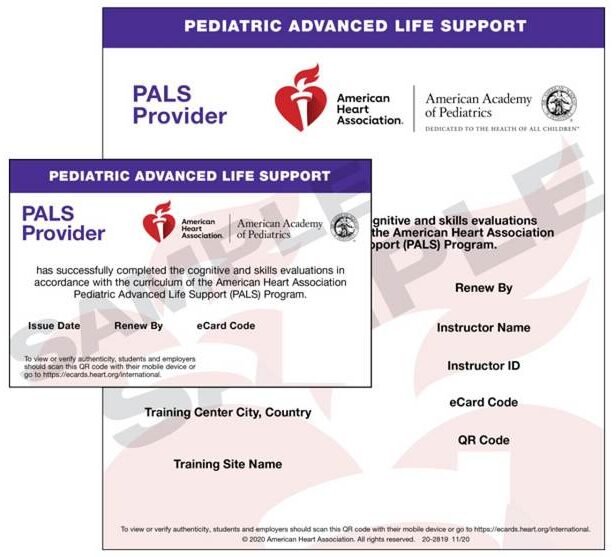High-quality chest compressions are a critical component of CPR, ensuring that oxygen continues to flow to vital organs. To aid rescuers in delivering optimal compressions, chest compression feedback devices have been developed. These valuable tools provide feedback on various aspects of CPR performance, helping both professionals and laypersons perform life-saving measures more effectively. Using these devices also enhances patient outcomes by ensuring the quality of each compression, giving patients the best chance for recovery.
What is a Chest Compression Feedback Device?
A chest compression feedback device is a small, smart tool used during CPR to track how well chest compressions are being delivered. It’s often placed on the patient’s chest or used with a training mannequin in a class. Some are built into defibrillators, while others are stand-alone devices used by hand.
Key Parameters Monitored by Feedback Devices
Chest compressions tracking devices track important parts of CPR to make sure everything is done just right. By checking things like depth, rate, and rhythm, they help rescuers provide better care.
1. Compression Depth
Achieving the correct depth in chest compressions is important for generating adequate blood flow. Feedback devices measure the depth of each compression, ensuring it meets the recommended range of approximately 5 to 6 centimeters (2 to 2.4 inches) for adults. This real-time monitoring helps rescuers adjust their technique to maintain effective compressions.
2. Compression Rate
Maintaining an appropriate compression rate is crucial. The ideal rate is between 100 to 120 compressions per minute. Feedback devices provide immediate auditory or visual cues to help rescuers stay within this range, optimizing blood circulation during CPR.
3. Chest Recoil
Allowing the chest to fully recoil between compressions is essential, as it enables the heart to refill with blood. Feedback devices monitor the extent of chest recoil, alerting rescuers if they are leaning too much or not allowing sufficient release, which can compromise the effectiveness of CPR.
4. Hand Positioning
Proper hand placement ensures that compressions are delivered over the correct area of the chest, maximizing their effectiveness. Some feedback devices offer guidance on hand positioning, helping rescuers maintain optimal placement throughout the resuscitation effort.
5. Compression Fraction
Compression fraction refers to the proportion of time spent performing chest compressions during CPR. A higher compression fraction is associated with better outcomes. Feedback devices help minimize unnecessary pauses, ensuring that compressions are delivered consistently and efficiently.
Check Out: How can you achieve a high chest compression fraction
6. Ventilation Rate
In scenarios where rescue breaths are provided, CPR feedback devices can monitor the rate of ventilation. This ensures that breaths are delivered at appropriate intervals, preventing over-ventilation, which can be detrimental to the patient.
7. Compression Force
Applying the right amount of force during compressions is critical. Too much force can cause injury, while too little may be ineffective. Some advanced feedback devices measure the force applied, guiding rescuers to adjust their pressure accordingly.
8. Compression Rhythm
A consistent rhythm in chest compressions is essential for maintaining steady blood flow. Feedback devices provide cues to help rescuers maintain a regular and effective compression rhythm throughout the resuscitation process.
9. Pause Duration
Minimizing pauses between compressions is crucial for sustaining blood circulation. Feedback devices track the duration of interruptions, prompting rescuers to resume compressions promptly and reduce any unnecessary delays.
Benefits of Using Chest Compression Feedback Devices
Chest compression feedback devices provide important benefits in CPR training and real emergencies. They help improve the quality of compressions, boost rescuer confidence, cut down on mistakes, and make training more effective.
1. Enhanced CPR Quality: Real-time feedback allows rescuers to adjust their technique instantly, leading to more effective chest compressions.
2. Increased Confidence: Immediate feedback during CPR quality training reassures rescuers that they are performing CPR correctly, which can be especially helpful in high-stress situations.
3. Reduced Human Error: By continuously monitoring key parameters, the device helps minimize mistakes that can occur due to fatigue or stress.
4. Improved Training: In educational settings, these devices serve as valuable tools for teaching proper CPR techniques, allowing trainees to receive objective feedback and refine their skills.
5. Better Patient Outcomes: Consistent use of feedback devices during CPR has been linked to higher survival rates and improved neurological outcomes in cardiac arrest patients.
Also, learn more on our blog about who is more likely to survive a cardiac arrest: men or women?
Considerations While Choosing a Chest Compression Feedback Device
When picking a chest compression feedback device, it’s important to find one that gives accurate, real-time guidance to help save lives. You also want something sturdy, easy to carry, simple to operate, and affordable.
- Accuracy and Real-Time Feedback: Choosing a device that provides accurate information and immediate feedback is key for effective chest compressions. It helps ensure you perform at the correct speed and depth to give the best support during emergencies.
- Durability and Portability: A good feedback device should be tough enough to last through various situations and lightweight enough to carry easily. This way, you can rely on it in different places whenever you need it most.
- Easy to Use: It’s important to choose a device that is simple and easy to operate, so anyone can use it confidently during stressful moments. An easy-to-use tool helps you focus on saving lives without confusion or delay.
- Budget Friendly: Finding a feedback device that fits your budget ensures you get reliable support without overspending. It makes safety accessible to more people and organizations, which is always a positive thing.
Best Ways to Utilize Chest Compression Feedback Devices
- Use these devices to make sure your chest presses are deep enough during CPR.
- Check the feedback regularly to keep your compressions steady and consistent.
- Follow the device’s advice to improve your technique and give better rescue care.
- Use the feedback to stay motivated and confident when performing chest compressions.
- Review your performance after CPR to learn what worked well and what to improve next time.
Limitations of the Chest Compressions Feedback Device
- Sometimes these devices are not accurate when the patient is moving or if the chest isn’t positioned right.
- They might not work well on everyone because of different body sizes or shapes.
- The devices can give wrong signals if the batteries are low or if they aren’t set up properly.
- They do not always measure the pressure perfectly, so the feedback might be off.
- Sometimes the technology can be tricky to use for people who are not well-trained.
Improve CPR With Accurate Monitoring Device
Chest compression feedback devices play an important role in improving the quality of CPR. By monitoring critical parameters such as compression depth, rate, recoil, and more, these devices provide rescuers with the information needed to perform effective resuscitation. Whether in training scenarios or real-life emergencies, incorporating feedback devices into CPR practices can lead to better outcomes and save lives.
